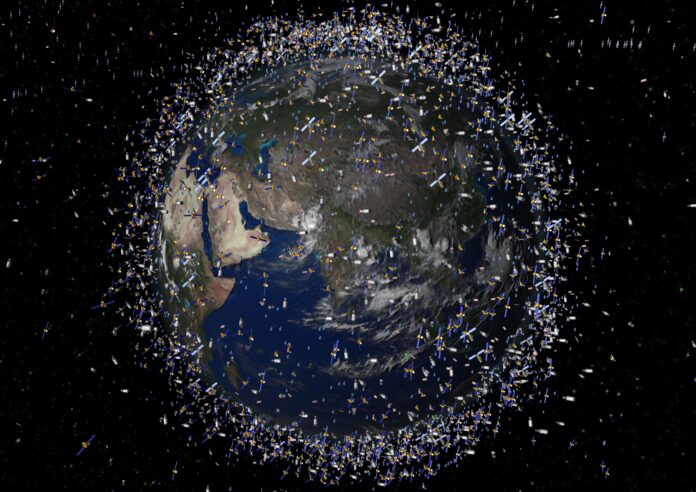After joining a small club of nations, Russia has conducted anti-satellite missile tests. As a result of these tests, vast clouds of space debris scattered in space, and the issue of space population has already become the headlines of most news in recent times. But to configure this problem became purely political. So, in this article, you will learn about debris growth in space, its sources, hazards, tracking and measurement, and different types of dealing with this debris.
Human-made defunct objects in space, which are in the earth’s orbit and are no longer helpful, are called space debris. Humans have sent these objects as space missions in the form of spacecraft and rockets. But with time, these objects have become obsolete and are of no use. They have become obsolete because of provisions and collisions. Hence, the debris has become a risk factor for spacecraft, and many spacecraft, including crew and crew, have been damaged due to this space debris.
Sources of space debris
- Dead spacecraft
The parts of the oldest spacecraft constitute the highest form of space debris. For instance, in vanguard 1, the United States launched into space in 1958 into medium earth orbit. Remains of t RORSAT, a naval surveillance satellite program that Russians have sent to space, are wandering in space.
- Lost equipment
Other than spacecraft debris, there is also lost equipment that can be included in space debris. For example, a glove lost by astronaut Ed White, an astronaut of America, a camera lost by Michal Collins, a thermal blanket lost during STS-88, a wrench, and a toothbrush. Similarly, multiple lost pieces of equipment of different types have become the source of growing space debris.
Hazards
- To spacecraft
Active satellites and spacecraft threaten to be damaged due to this growing space junk. The earth’s orbit will become impassible if the growing collision risk keeps increasing.
However, it is more realistic to say that circling craft would renderLEO useless since the risk of spacecraft grows as exposure to high trash density increases. Due to the extremely brief period of the passage, the hazard of craft going through LEO to reach higher orbit would be much reduced.
- Crewed spacecraft
In the orbital path of the spacecraft, crewed flights are naturally susceptible to hazards, which can be shown as debris conjunction. For example, occasional avoidance of maneuvers or long-term space debris wear has occurred in the MIR space stations, international Space Stations, and Space Shuttle missions.
Conclusion
It is a matter of grave concern, yet there is no international treaty to minimize space debris. However, in 2007, the United Nations committee on the peaceful uses of outer space published voluntary guidelines. But the international community must involve different nations not to let the pollution spread in the area. As everything is related to the security of our earth and ourselves, we must actively take part in protecting freedom.













